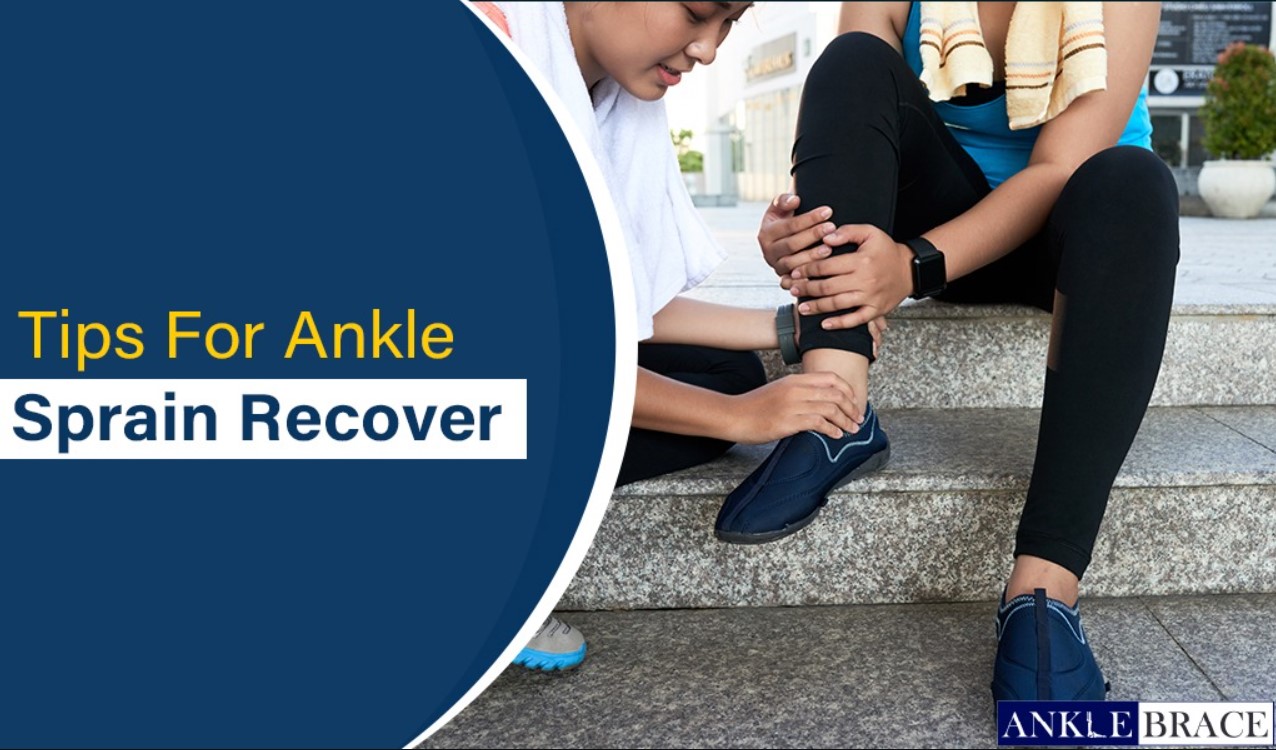
Ankle sprains are typical injuries that anybody can sustain, whether during sports, outdoor activities, or simply an abrupt twist on uneven terrain. A sprained ankle can be painful and unpleasant, but the appropriate rehabilitation strategy might mean a difference in healing time and future stability. In this tutorial, we will lead you through efficient sprained ankle treatment techniques, including home healing tactics and the need for ankle support.
When a sprain first develops, prompt treatment can dramatically enhance recovery prospects. The R.I.C.E. technique (Rest, Ice, Compression, and Elevation) is a tried-and-true way of treating a sprained ankle.
Over-the-counter pain medications such as ibuprofen can help alleviate discomfort and swelling. Anti-inflammatory drugs can also help, but make sure to take the correct amount. It is critical to control pain in the early stages of damage since this is when you must treat the ankle sprain.
Ankle braces or wraps can support you during your recovery, especially if you need to do daily chores. These braces help stabilize the joint, preventing further twisting or twisting while allowing the ligaments to heal properly. Wearing these braces at all times will help your ankle recover quickly and allow you to return to your daily activities and sports.

Many individuals are concerned about the duration of recovery from a sprained ankle. The recovery time is influenced by the severity of the sprain. Although more significant sprains may require as long as six weeks to fully heal, minor sprains typically recover in two to four weeks. Regardless of the severity, it’s essential to return to physical activity slowly rather than rushing, as excessive strain can impede recovery and increase the likelihood of a long-term ankle issue.
Following the initial recovery phase, gentle stretching and strengthening workouts can aid in restoring ankle stability and flexibility. Start with basic range-of-motion moves, such as flexing the ankle up and down, laterally, and in circular motions. As you gain strength, incorporate exercises like balancing on one leg to further enhance ankle strength. These practices can assist in avoiding future injuries due to ankle twists or strains.
For successful home treatment of a sprained ankle, consistency is essential. Continue with icing, elevating, and compressing as required, particularly if there’s ongoing swelling. Establish a solid routine for your ankle rehabilitation to facilitate quicker recovery. Avoid any movements or putting weight on the ankle, as this could further strain the ligament and potentially lead to another twist.
Getting back into sports or physical activities can be tough after experiencing a sprain. Using an ankle brace or support wrap is advisable to safeguard the ankle from re-injury, as it provides stability while still allowing movement. Additionally, you might want to wear ankle support even after your ankle has healed from the sprain to prevent further injuries or twists during sports activities.
When to Seek Professional Care
Although many ankle sprains can be managed at home, certain injuries might need professional evaluation. If you encounter intense pain, difficulty in bearing weight, or noticeable deformities, it’s important to seek advice from a healthcare professional. If recovery is taking longer than expected, physical therapy might be suggested to enhance flexibility, strength, and balance.
All the information on this website is for educational purposes, not from any health professional or medical specialist. Always consult a healthcare professional in case of any injury, medical condition, or treatment. After recommendation by a specialist, you should get the ankle brace to get maximum benefit out of it.
© 2025 Ankle Brace. All rights reserved.